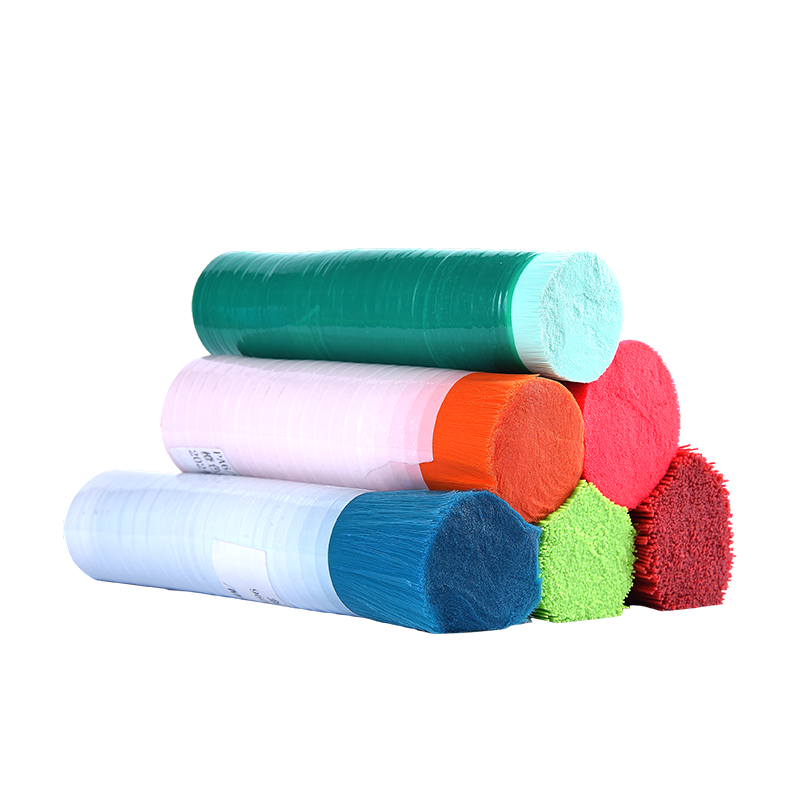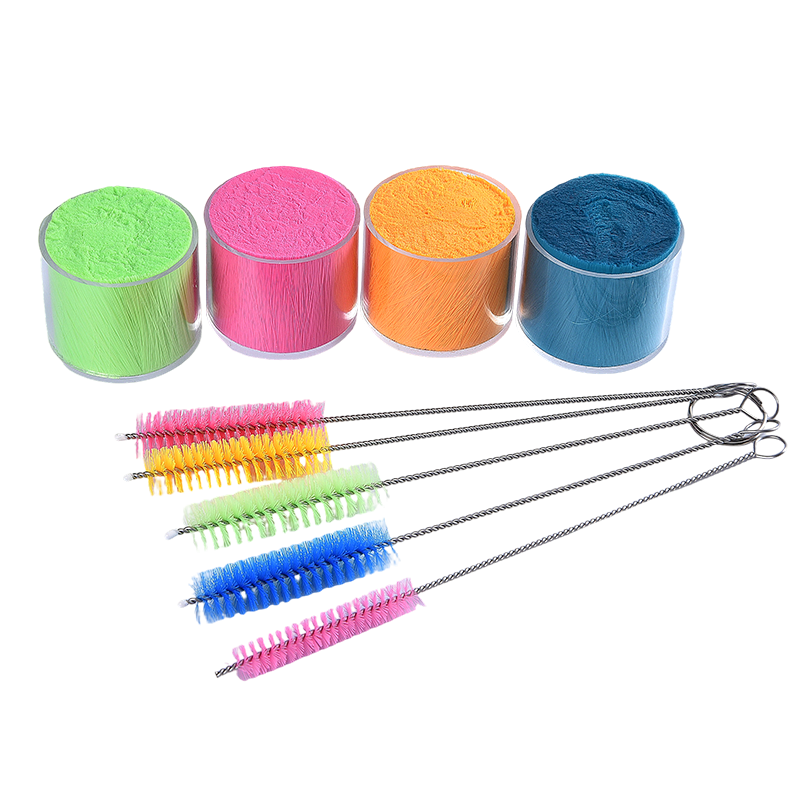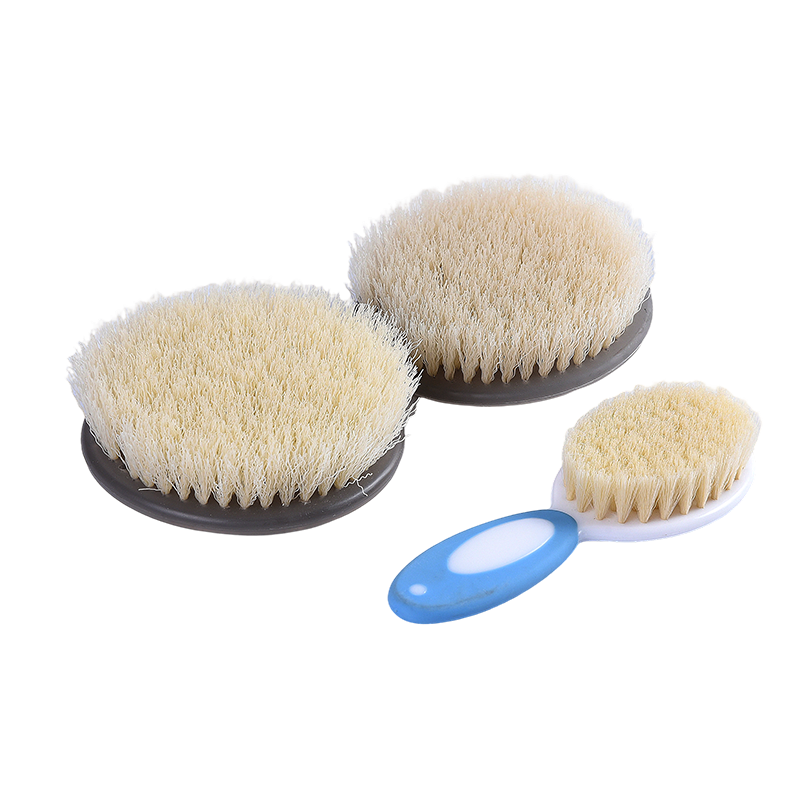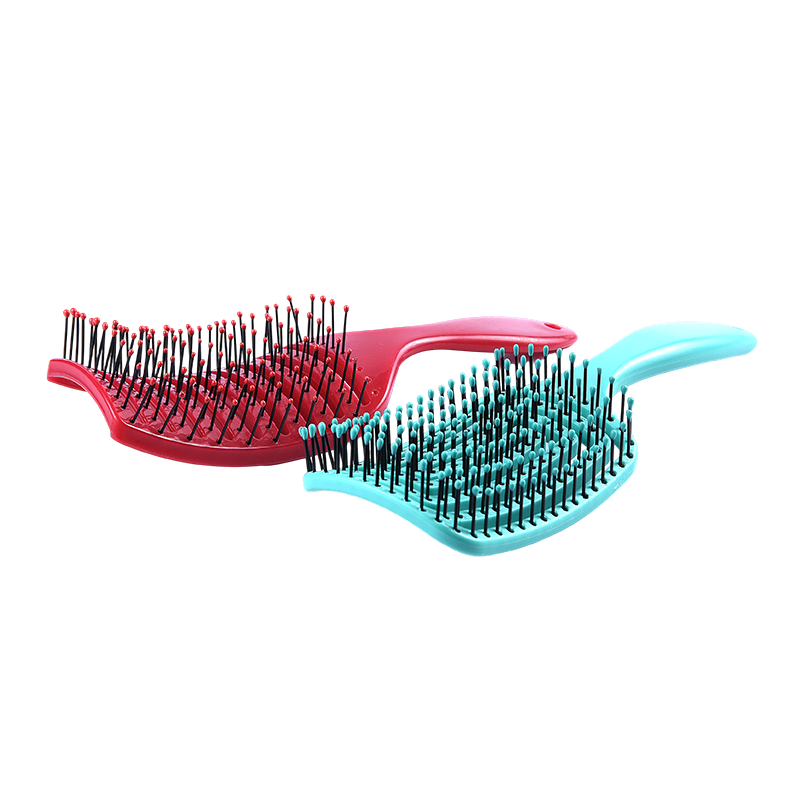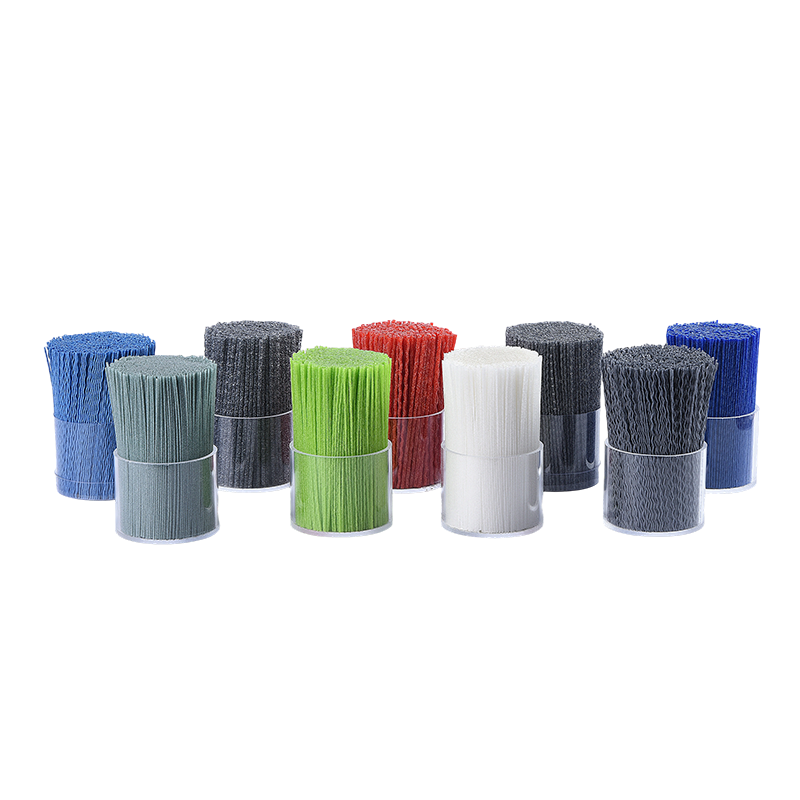Content
- 1 What Key Requirements Do High-Temperature 3D Printing Projects Impose on Abrasive Filaments?
- 2 What Are the Thermal Stability and Abrasion Resistance Traits of Abrasive PLA Filament?
- 3 How Does Abrasive PETG Filament Compare to Abrasive PLA in High-Temperature Performance?
- 4 Which High-Temperature 3D Printing Projects Are Best Suited for Abrasive PLA vs. PETG?
- 5 What Printing Parameters Need Adjustment When Using Abrasive PLA vs. PETG for High-Temperature Projects?
- 6 What Mistakes Should Be Avoided When Selecting Abrasive PLA vs. PETG for High-Temperature Projects?
What Key Requirements Do High-Temperature 3D Printing Projects Impose on Abrasive Filaments?
High-temperature 3D printing projects—such as parts for industrial machinery, heat-resistant enclosures, or components near engines—demand two critical qualities from abrasive filaments: thermal stability (ability to retain shape and strength at elevated temperatures, typically 60°C and above) and abrasion resistance (durability against friction, scraping, or contact with rough surfaces). Additionally, the filament must maintain consistent flow during printing (even at higher nozzle temperatures) to avoid clogs, and its abrasive particles (like alumina or silicon carbide) should be evenly distributed to prevent uneven wear on 3D printer nozzles. These requirements directly rule out filaments with poor heat resistance or weak abrasive properties, making PLA and PETG (two common abrasive filament bases) key candidates to evaluate.
What Are the Thermal Stability and Abrasion Resistance Traits of Abrasive PLA Filament?
Abrasive PLA (polylactic acid) filament, while popular for general 3D printing, has limitations in high-temperature scenarios. Its thermal stability is relatively low: the glass transition temperature (Tg)—the point where it softens—is typically 55°C to 60°C. This means abrasive PLA parts may warp, deform, or lose structural integrity if exposed to temperatures above 60°C for extended periods, making it unsuitable for projects requiring long-term heat resistance (e.g., under-hood automotive components). In terms of abrasion resistance, abrasive PLA performs adequately for light to moderate use: its embedded abrasive particles create a tough surface that resists minor scraping (e.g., parts for low-heat household tools). However, the PLA base itself is less rigid than PETG, so abrasive PLA parts may wear faster under heavy friction compared to abrasive PETG.
How Does Abrasive PETG Filament Compare to Abrasive PLA in High-Temperature Performance?
Abrasive PETG (polyethylene terephthalate glycol) filament outperforms abrasive PLA in high-temperature scenarios, thanks to its superior thermal stability. Its Tg ranges from 70°C to 80°C, and it can withstand continuous use at temperatures up to 70°C without significant deformation—making it suitable for projects like heat-resistant cable organizers, 3D printer part enclosures, or small industrial components that encounter moderate heat. In terms of abrasion resistance, abrasive PETG’s advantage is even clearer: the PETG base is inherently more rigid and impact-resistant than PLA, so when combined with abrasive particles, it creates parts that handle heavy friction (e.g., sliding mechanisms or contact with rough materials) better and last longer. Additionally, abrasive PETG has better layer adhesion than PLA, which strengthens the overall part and prevents delamination under heat or stress.
Which High-Temperature 3D Printing Projects Are Best Suited for Abrasive PLA vs. PETG?
Abrasive PLA is only suitable for low-to-moderate temperature high-temperature projects—those where heat exposure is brief, indirect, or stays below 60°C. Examples include: lightweight heat-shielding for small electronics (e.g., a cover for a low-power LED driver that rarely exceeds 50°C), or abrasive parts for hobbyist tools (e.g., a sanding attachment for a 3D-printed drill guide that doesn’t generate significant heat). Abrasive PETG, by contrast, shines in moderate-to-high temperature projects with sustained heat or heavy use: think heat-resistant brackets for workshop equipment (exposed to 65°C–75°C), abrasive sleeves for conveyor rollers in cool industrial settings, or 3D-printed jigs that hold parts during high-temperature testing (as long as the jig itself stays below 80°C). For projects exceeding 80°C, neither filament is ideal—though PETG may offer short-term tolerance where PLA fails.
What Printing Parameters Need Adjustment When Using Abrasive PLA vs. PETG for High-Temperature Projects?
Adjusting printing parameters is critical to maximize performance and avoid issues. For abrasive PLA: use a nozzle temperature of 190°C–220°C (higher than standard PLA to ensure flow with abrasive particles) and a bed temperature of 50°C–60°C. Since PLA is prone to warping in high-temperature environments, add a brim or raft to improve bed adhesion, and print in a well-ventilated space to reduce moisture absorption (moisture can cause popping and weak layers). For abrasive PETG: nozzle temperatures need to be higher (230°C–250°C) to melt the more heat-resistant base, and bed temperatures should be 70°C–80°C. PETG is less prone to warping but more sensitive to moisture—dry the filament at 60°C–70°C for 4–6 hours before printing to prevent layer separation. Both filaments require a hardened steel nozzle (instead of brass) to resist wear from abrasive particles; a 0.4mm or larger nozzle also helps avoid clogs.
What Mistakes Should Be Avoided When Selecting Abrasive PLA vs. PETG for High-Temperature Projects?
First, don’t overestimate abrasive PLA’s heat resistance—avoid using it for projects with sustained temperatures above 60°C, even if the part seems “sturdy” when cool. Second, don’t skip drying PETG: moist abrasive PETG will form bubbles during printing, weakening the part and reducing its ability to withstand heat and abrasion. Third, don’t use a brass nozzle—abrasive particles will quickly wear it down, leading to inconsistent filament flow and poor part quality. Fourth, don’t ignore layer adhesion: for PETG, increase infill density (to 50% or higher) for high-temperature parts to prevent delamination; for PLA, use a slower print speed (40–60mm/s) to improve layer bonding. Finally, don’t assume “abrasive” equals “heat-resistant”—always check the filament’s Tg and recommended temperature range, as some low-quality abrasive filaments may have lower heat tolerance than advertised.


 English
English русский
русский Türk
Türk